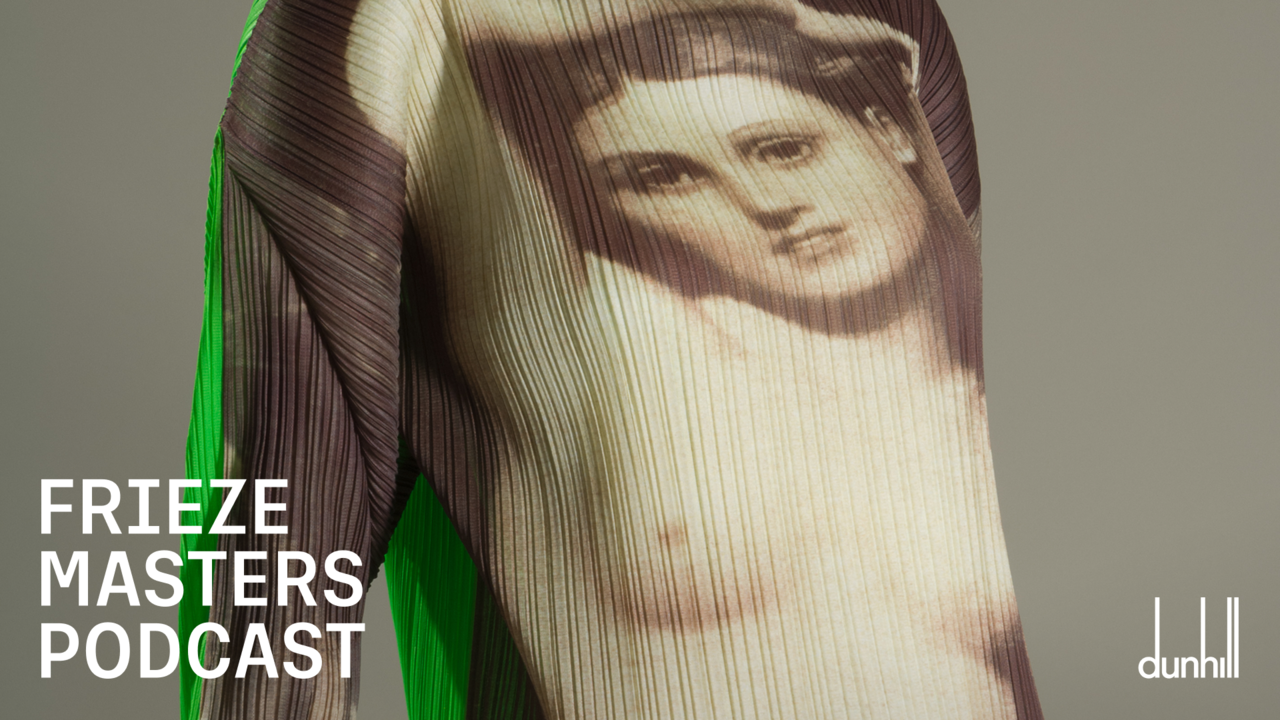Raoul De Keyser

Deinze, in Belgium, is an unremarkable place. Like so many marginal towns in Flanders, it was decimated during the Great War, further insulted during World War II, and remains a grey, somewhat dull place on the Leie river. Today it is home to the Alcatraz Metal Festival (this year’s participants included Emperors of Decay and Helloween) and to painter Raoul De Keyser. Now 81, De Keyser was born in Deinze and it is from there that he still derives much of the inspiration for the almost relaxed body of work he has been generating for more than 50 years.
De Keyser – who, after a dalliance with painting, enjoyed a brief career as a sports journalist before returning to the canvas in earnest – became somewhat aligned with the so-called New Vision, an East Flanders-specific movement led by Roger Raveel whose proponents wanted to ‘revalue everyday reality’, and so became a tad confused with Pop. Raveel’s combination of figuration and abstraction trickled down to his students (in the same way as De Keyser has seeped into the work of Thomas Nozkowski, Suzan Frecon and Rebecca Morris, among others), and when De Keyser began obsessively painting door handles (Raamklink, 1964), garden hoses (Slang, 1966) and tents (Camping II, 1969) he seemed only to be following suit and confirming expectations. But his 1970s were dominated by lines: the football pitches and goal-mouths of his neighbourhood; the trees he could see from his studio windows; dogs on leads.
Later, more abstract works (such as Front and Dal, both 1992) broadened his strokes with beautiful baths of colour (as with Duet, 2007), but his deceptively simple gestures remained. De Keyser, unlike the generation of peculiar and beautiful Belgian gloom painters, exemplified by Luc Tuymans and Michaël Borremans, embodies a bright optimism seemingly executed with brevity, unburdened by the weighty history of Belgium as the Battlefield of Europe. Indeed, it is his influence on the above-mentioned American painters that will perhaps be one of his great bequests.
That characteristic delicacy (referring to both size and content) and lightness of touch remains in the paintings shown at David Zwirner, but this viewer sensed a slight tension as never before. The gessoed backgrounds, fawny pinks (Freedom, 2011) and naive-like colour-coded gestures (Blue Dots [8 Verticals/1], 2010) all stood out, but the spirit seemed a little restrained. The muted Mangrove, A Road and Acrobats (all 2010) are not-so-straightforward black and white compositions that manifest De Keyser’s unique way with depth rendered two-dimensionally, and exhibit his ability to activate the line and suggest progress. So often, De Keyser’s canvases can be wide open spaces, even when realized at the relatively small size they are here, not much larger than a standard sheet of typing paper, but No Title (8 Verticals/5) (2010) and FR (2011) feel almost muted. They are far from glum – and indeed The Failed Juggle and In Green (8 Verticals/2) (both 2010) are almost exuberant – but rather than the informality of De Keyser’s light touch and intuition, they seem meditated upon and more deliberate in nature.
De Keyser’s work has always been about painting: his refreshing position outside of critical proscriptions has never been forced or something he self-identifies with. In a way his work has been about finding a sublime through the repetition of shape and colour in a deceptively simple way. This exhibition further confirmed his commitment to the act, the texture and the struggle to locate beauty. The paintings, some as affecting as anything he’s done, are not intentionally beautiful, the near-irreverence they often emit is here subdued, but De Keyser’s work never fails to draw the viewer in to his meditative ambiguity.














